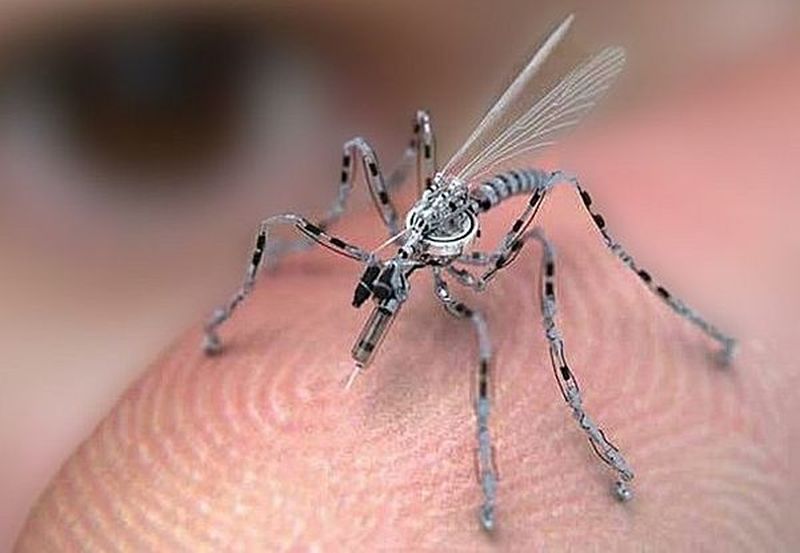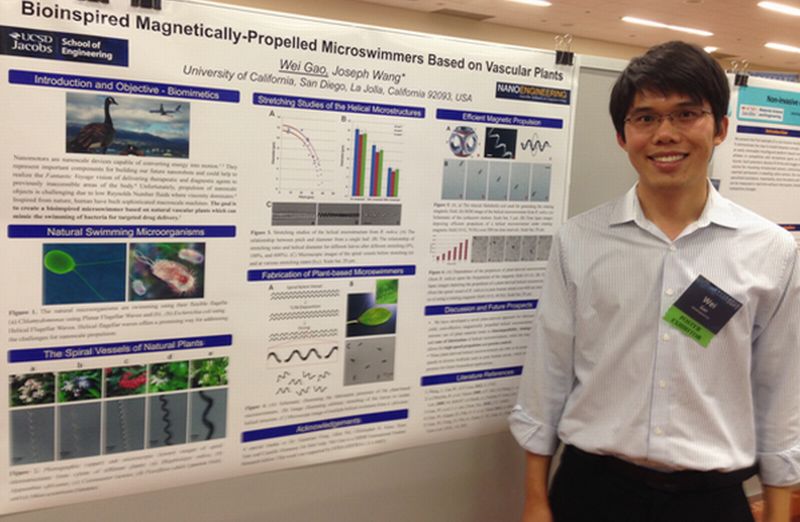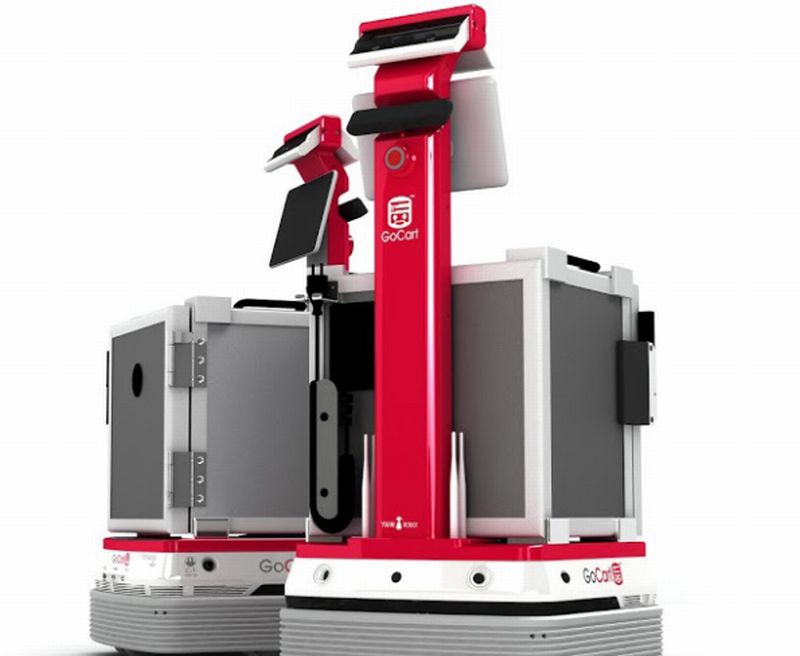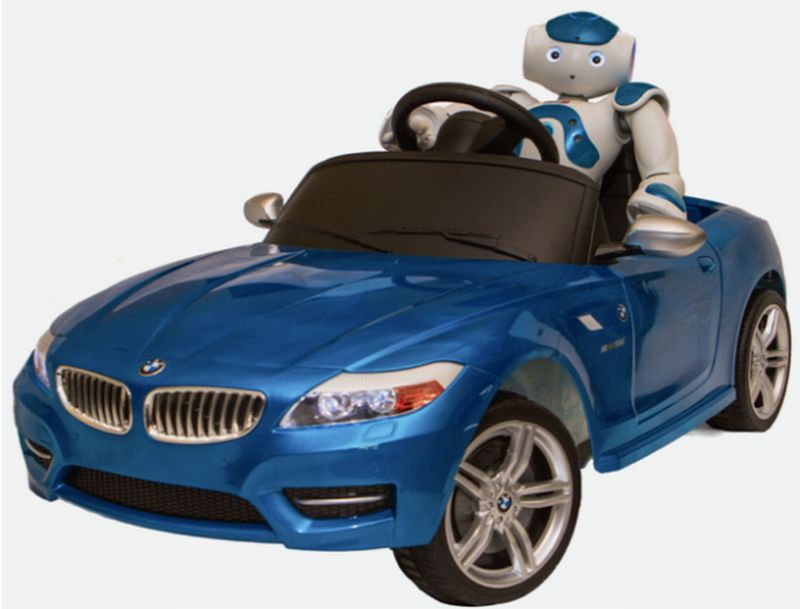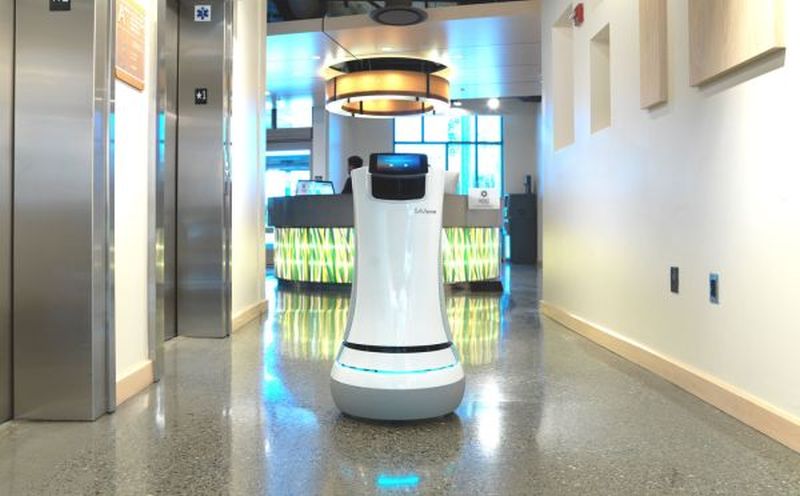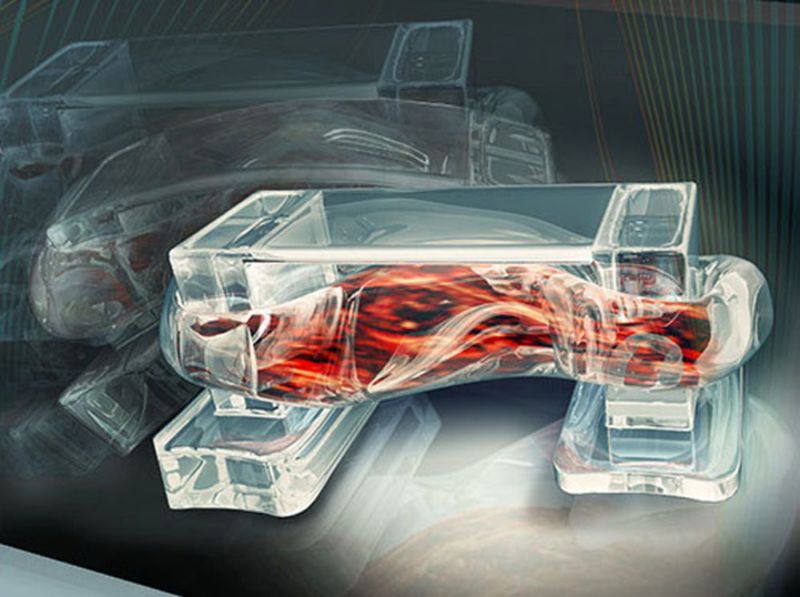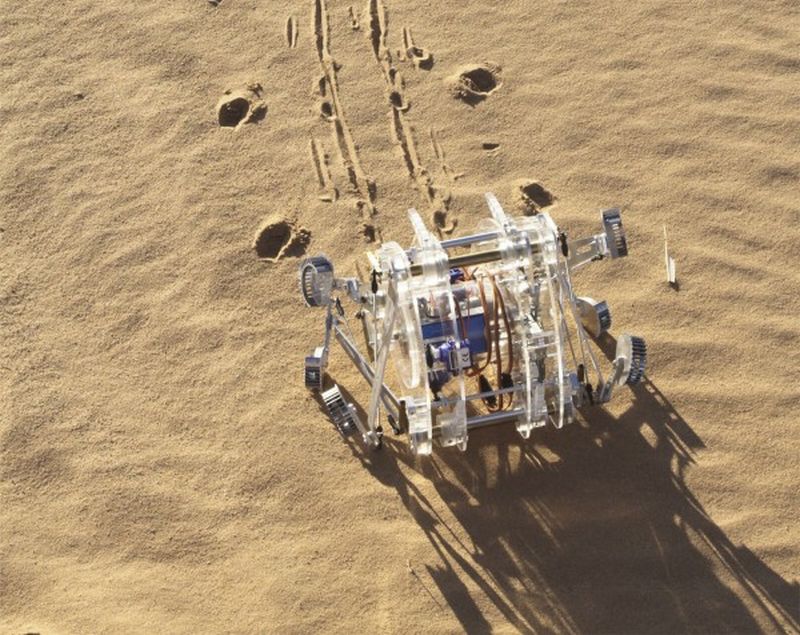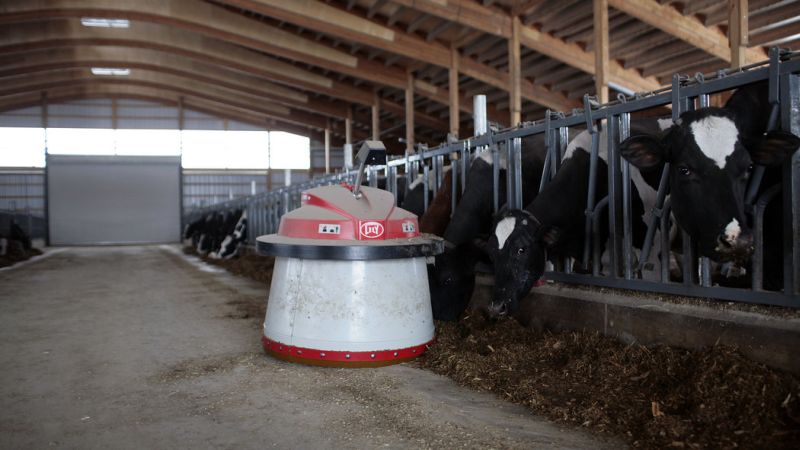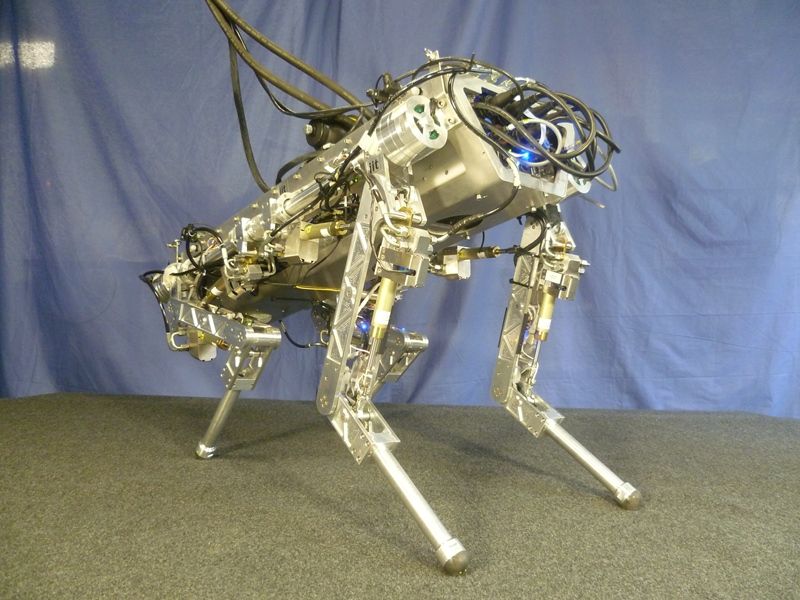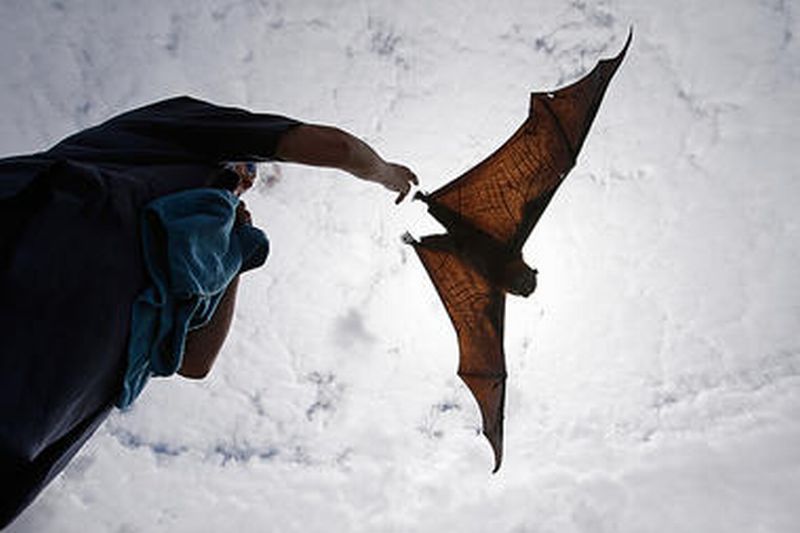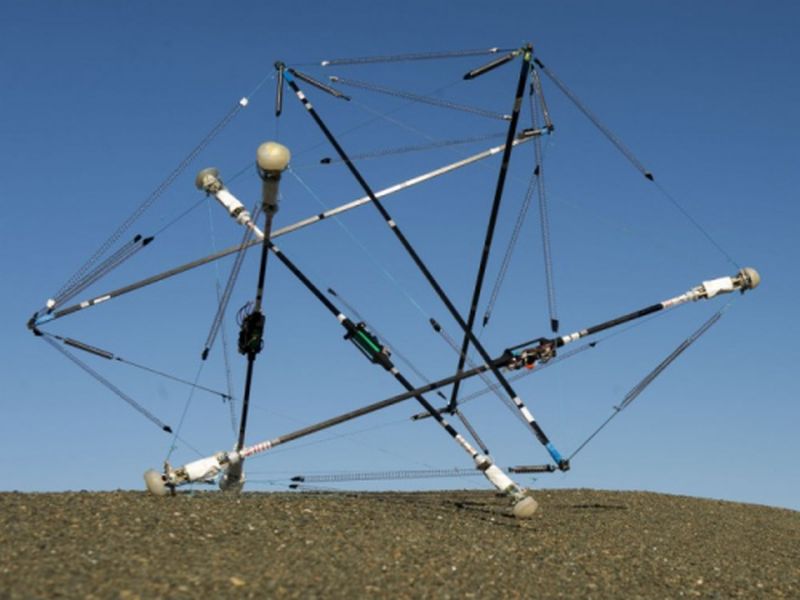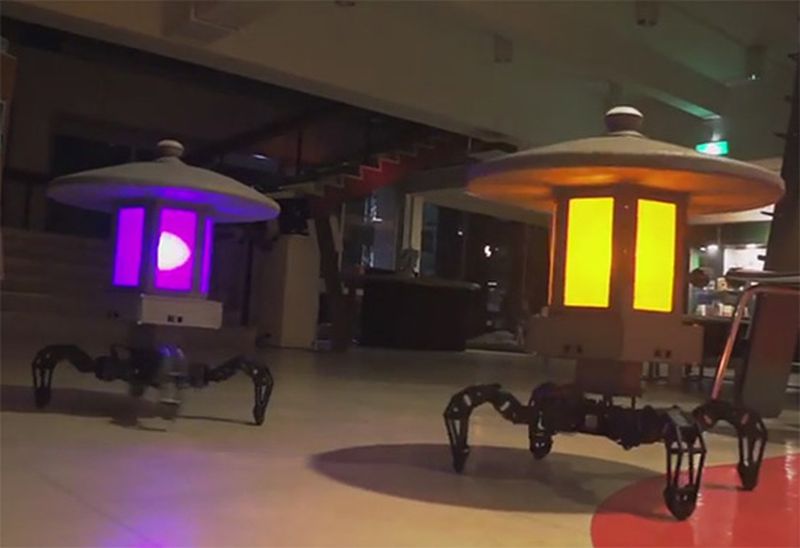Based on the vision systems of insects, researchers have created petite artificial eye for autonomous flying drones. This would make drones more practical by helping in smooth navigation, avoiding collision in restricted or cluttered areas.
Search Results for: autonomous robots
Interview: Wei Gao, Research Scientist at University of California, Berkeley and LBNL
It gives me immense pleasure to introduce today Dr. Wei Gao, research scientist at University of California, Berkeley and Lawrence Berkeley National Laboratory. His research areas include nanomaterials, flexible electronics, micro/nanomachines, nanorobotics, biosensors, electrochemistry, nanomedicine and MEMS. Dr. Gao has coauthored numerous scientific journals like: “Reversible Swarming and Separation of Self-propelled Chemically-Powered Nanomotors under Acoustic Fields” “Artificial Micromotors in the Mouse’s Stomach: A Step Towards In Vivo Use of Synthetic Motors” “Water-Driven Micromotors for Rapid Photocatalytic Degradation of Biological and Chemical Warfare Agents” “Self-propelled activated-carbon Janus micromotors for efficient water…
Interview: Robert Cheek, Director Biz Dev at Yujin Robot, South Korea
Lately GoCart, a service robot from the vault of Yujin Robot Innovation Team, South Korea has hit the headlines across the globe. The bot opens up a new level of human-machine interaction where the machine will replace people in doing the everyday mundane and heavy piles of monotonous tasks, thus leaving the humans to provide emotional support, a task, which a machine can never accomplish. In order to get more in-depth analysis of the robot and its future implications, we tried to get in touch with Robert Cheek, Director Business…
GoCart, the Food Delivery Bot: Service Robot for Elderly and Health Care Industry
Slowly and steadily, robots are replacing labor in nearly all sectors some envision it as a threat while others think that it will make the human lives more convenient. There is no doubt that these machines would directly improve productivity and efficiency especially in service sector. Thinking on the same lines, manufactures are working across nations in developing service-oriented bots, first came James the Barman, followed by SaviOne the butler bot and now South Korea-based Yujin Robot has come up with GoCart, a meal-transport machine especially designed to function in…
NAO will Drive its Own BMW Sports Car: Humanoid Learns to Steer
Autonomous vehicles are the machines capable of steering by itself, a concept that we are still trying to converge on the line of safety of passengers. Now what if an external machine comes and steer away a vehicle that is designed for humans? Robots LAB, San Francisco based distributor of educational robots, have led to the creation of this imagination, they have come forward with a tiny tot humanoid Nao along with a BMW Z4 Electric sports car. Nao is capable of steering the car independently. The vehicle is equipped…
SaviOne the Butler Bot: Service Robot for Hospitality Industry
Last year we talked about James, the new Barman and now we would be witnessing a robot butler developed by Savioke (pronounced “savvy oak”) entering the hospitality industry to maximize customers’ experience. As of August 20, Savioke’s first delivery robot (Botlr) nicknamed as A.L.O by the hotel, will be seen operating in hotel Aloft in Cupertino, California. In its pilot program, ROS powered autonomous robot, Botlr will be assisting hotel staff in delivering amenities such as mobile charger, towels, brush or even snacks, to the guest’s room and thus saving…
Skeletal Muscle Cell Powered Bio-Bots: Micro-Bots controlled by an Electric Field
Inspired from living organisms, researchers try to create robots that can simulate living creatures mechanically or chemically. This field of science is named as Biorobotics. A team of researchers at the University of Illinois at Urbana-Campaign has made a miniature walking bio-bots that derive its power from living muscle cells. And their movement can be regulated externally using electrical pulses.
Biomimicry: Tabbot Mimics Cartwheel Movement of Desert Spider
After the termites inspired crew of tiny autonomous bots, insect-inspired Micro-Robots and Gimball, biomimicry has a new entrant called the Tabbot. It is a tiny bot inspired from Morocco based spiders famous for doing cartwheels effortlessly. Interestingly, these spiders are capable of doing cartwheels up and down the sand dunes. Ingo Rechenberg, a professor at the Technical University of Berlin has been credited for this discovery. In order to preserve and utilize the resourcefulness of this unique mode of locomotion, the researcher has already fabricated a small bot that works…
Farm Bots Will Milk the Cows: Robotics in the Ranch
Robots are quickly making entry into almost all aspects of human work from household to industries, these machines are just everywhere making work easier and faster too. They have also entered in dairy farms, which were so far managed by humans.
ASIMO the Next-Generation Humanoid: A Total Knockout
HONDA unveiled its first ASIMO robot in the year 2000. ASIMO or Advanced Step in Innovative Mobility was designed to help people who lack mobility and has come a long way since then. The latest prototype of ASIMO, HONDA humanoid robot was displayed at the International Auto Show in New York and was seen walking, running quickly and even climbing stairs with ease. Additionally, it can dance, kicks the ball, even jump and can handle uneven surfaces too.
Algorithm Aiding Machines for Determining Navigation: Scene Understanding
Re-orientation of scenes and multi-target tracking are the fundamental problems for majority of vision applications. Occlusions and slight change in scene alignment make tracking by detection approaches a lot more challenging. Thinking on the same lines, MIT researchers have come up with a new algorithm that would assist the vision applications in combating the re-orientation problems. The algorithm is chiefly written for bots and machines that are employed for navigational purposes. Manhattan Frames The mechanism is based on recognizing the main orientations in the given scene. These alignments act as…
HyQ: The Most Versatile Quadruped Robot
With its first launch, HyQ, the brainchild of Italian Institute of Technology had already conquered how to manipulate the terrains. Now the quadruped robot has resurrected but with more tricks than before. Claudio Semini, the lead researcher claimed that the ‘second coming’ of HyQ is sodden with wide variety of motion skills that would help the bot in facing the dynamically changing terrain. Initially, the bot was designed in terms of reactive behavior, the mode that helped it from recovering from huddles but this time, the focus is kept on making…
Biomimicry: Robotic Bats Might Fill the Skies Soon
According to a recent study, the manner in which bats flap their wings could actually be the source of inspiration for the upcoming designs of flying robots. The researchers investigated the way the fruit bats made use of their wings for manipulating the air around them. By developing the correct understanding of the functioning of these processes in nature, the engineers could practically come up with the design of small flying robo machines called the micro air vehicles. According to Danesh Tafti, from Virginia Tech, bats comprise of varied shapes…
Super Ball Bot: NASA’s Latest Space Rover
The National Aeronautics and Space Administration (NASA) keep coming up with new era robots that can be sent to space for exploration. There are certain limitations in each design such as time taking research, clumsy motions and prone to damage. Therefore, NASA is trying to design a bot that can transform the traditional way robots perform work assigned to them here on our planet or in the space. They are aiming to build a Super Ball Bot, which looks more like a motor fitted in between a mesh of rods…
Toro-Bots: The Movable Garden Lamps in Your Garden
We all have seen beautifully maintained gardens with flowers, plants, colored pots, lamps statues and so on. But I am sure no one might have seen a garden with robots moving around and also taking care of it. The adorable looking robots with lights on the top and too many limbs are known as Toro Bots, created by the Japanese, are basically garden lamps that are capable of moving around in your garden of their own. And they are surely going to turn heads and attention towards your garden.

